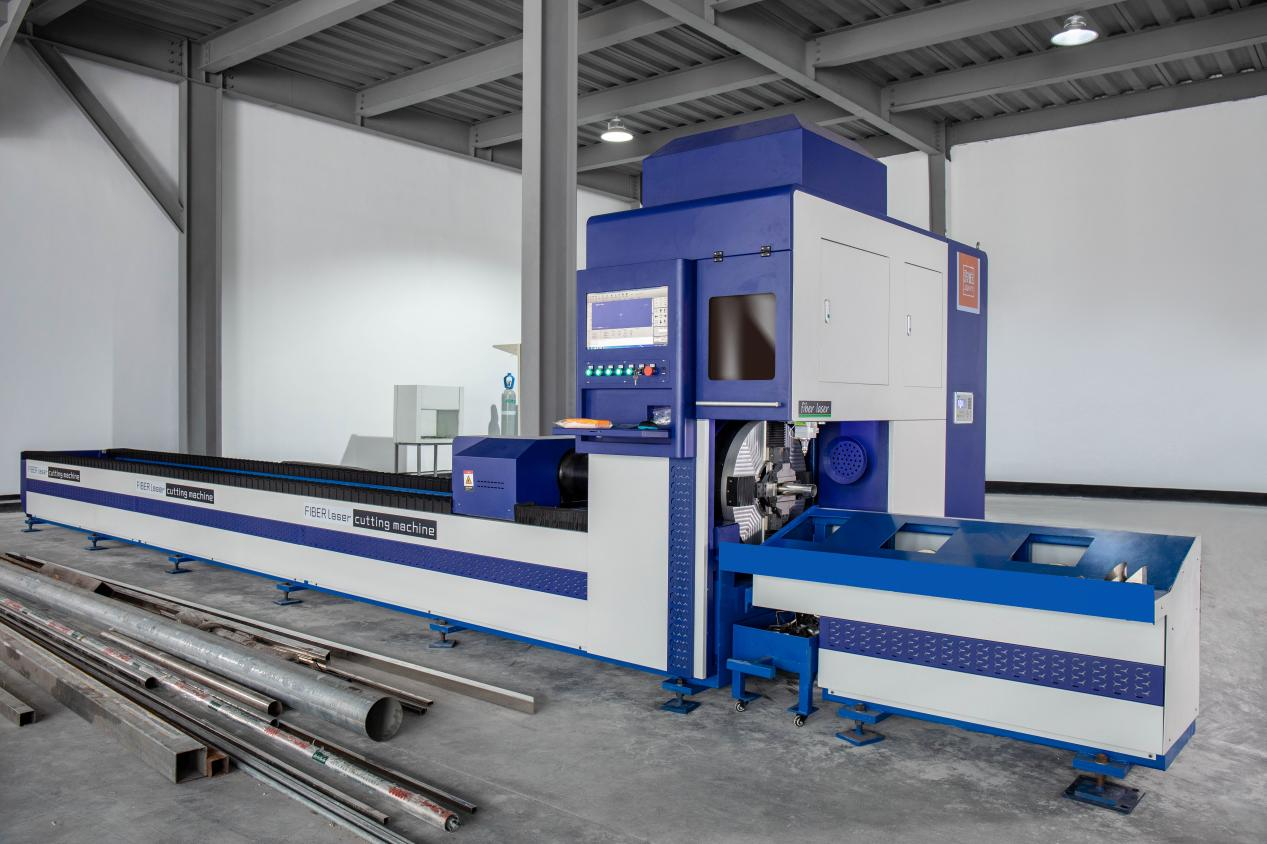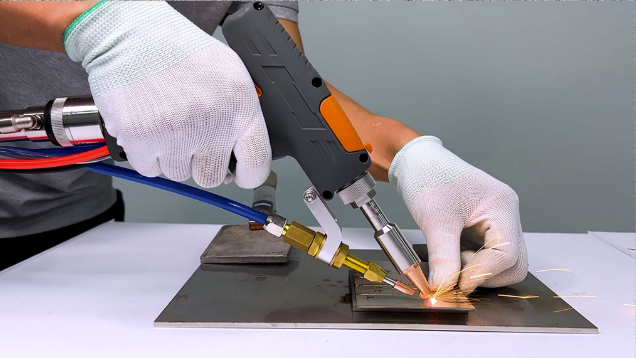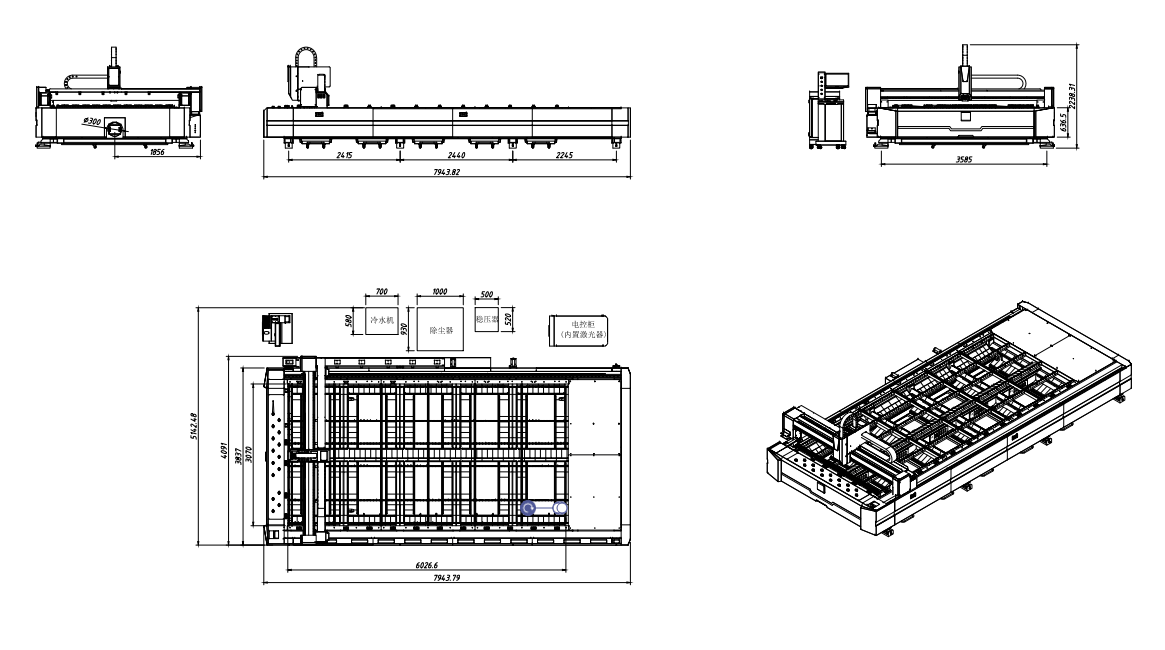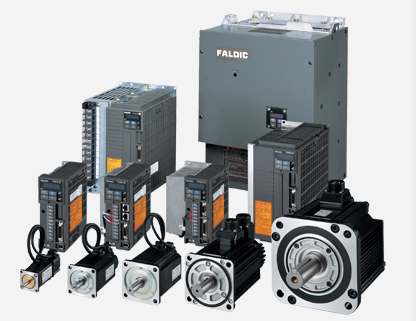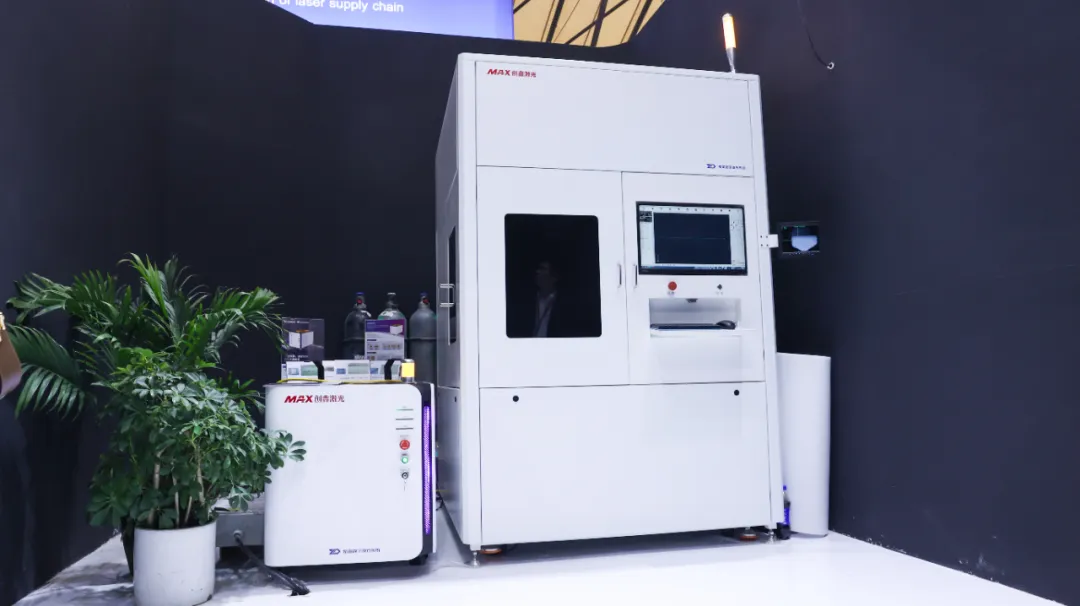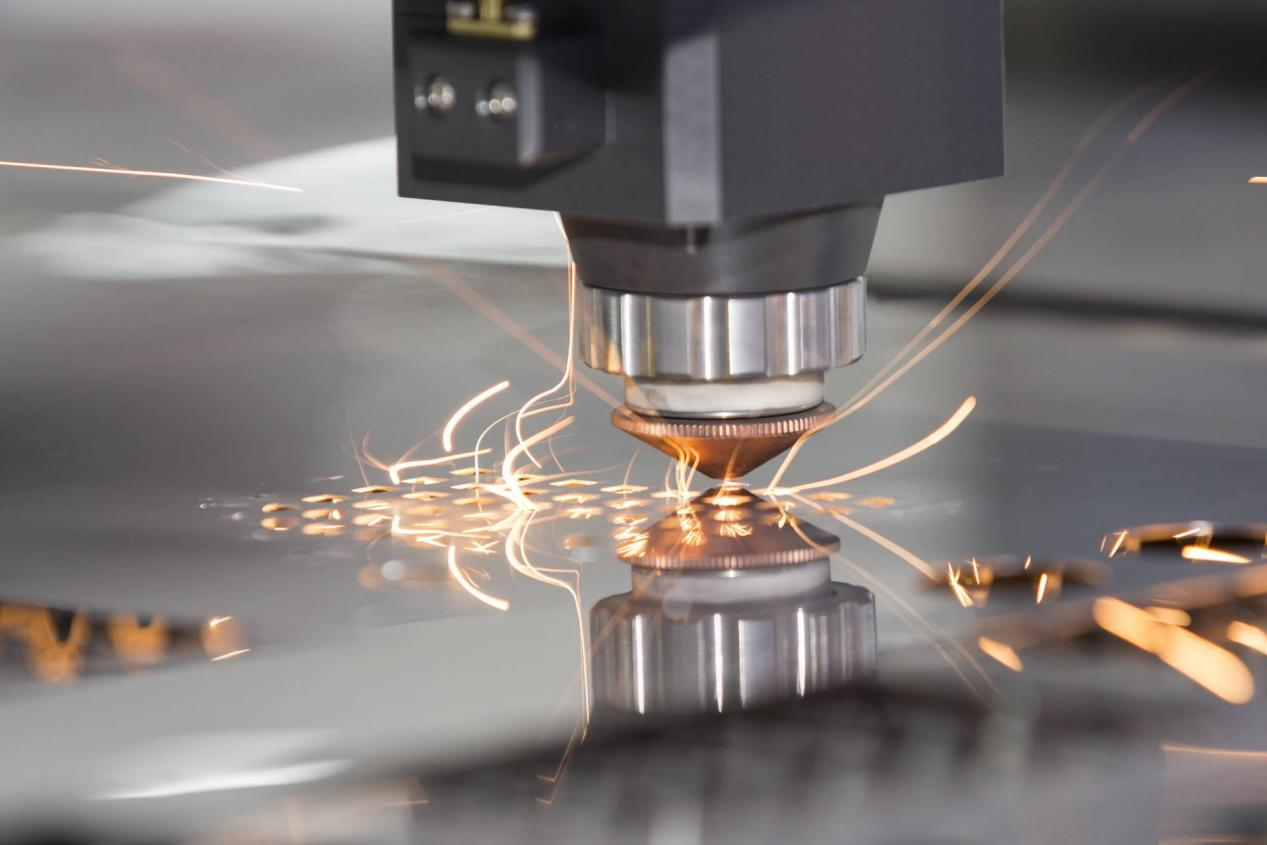Innovative Laser Cutting Technology Revolutionizes Metal Blanking Process

The metal blanking process, a fundamental method for producing hardware materials and automobile parts, has long been associated with high manpower and material resource requirements. Manufacturers have been grappling with the challenge of reducing costs, enhancing efficiency, and improving quality in this process. In response to these concerns, domestic manufacturers have increasingly turned to a popular production method that involves uncoiling and leveling coiled material before sending it to the press for blanking production. However, the need to manufacture a large number of blanking molds has resulted in high equipment investment and subsequent operational costs, as well as limited flexibility, leading to significant investment waste.
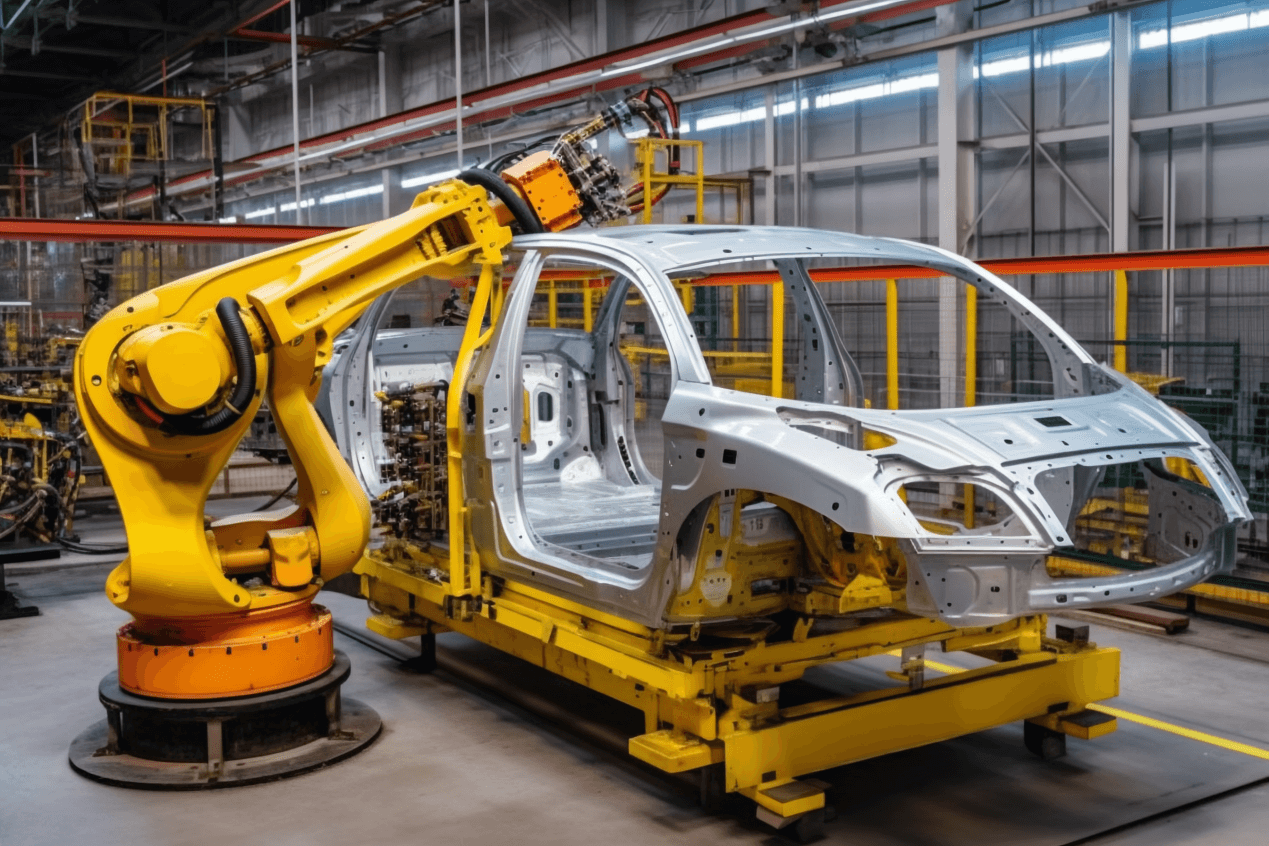
In a groundbreaking development, laser cutting has emerged as a game-changing thermal cutting method that utilizes a focused laser beam as the primary heat source. The concentrated energy of the laser beam enables rapid heating and evaporation of the processed part, with minimal heat transfer to other parts of the steel, thereby minimizing deformation. This technology allows for the precise cutting of complex-shaped blanks without the need for further processing, offering a high degree of flexibility and eliminating the requirement for molds in processing complex-shaped blanks.
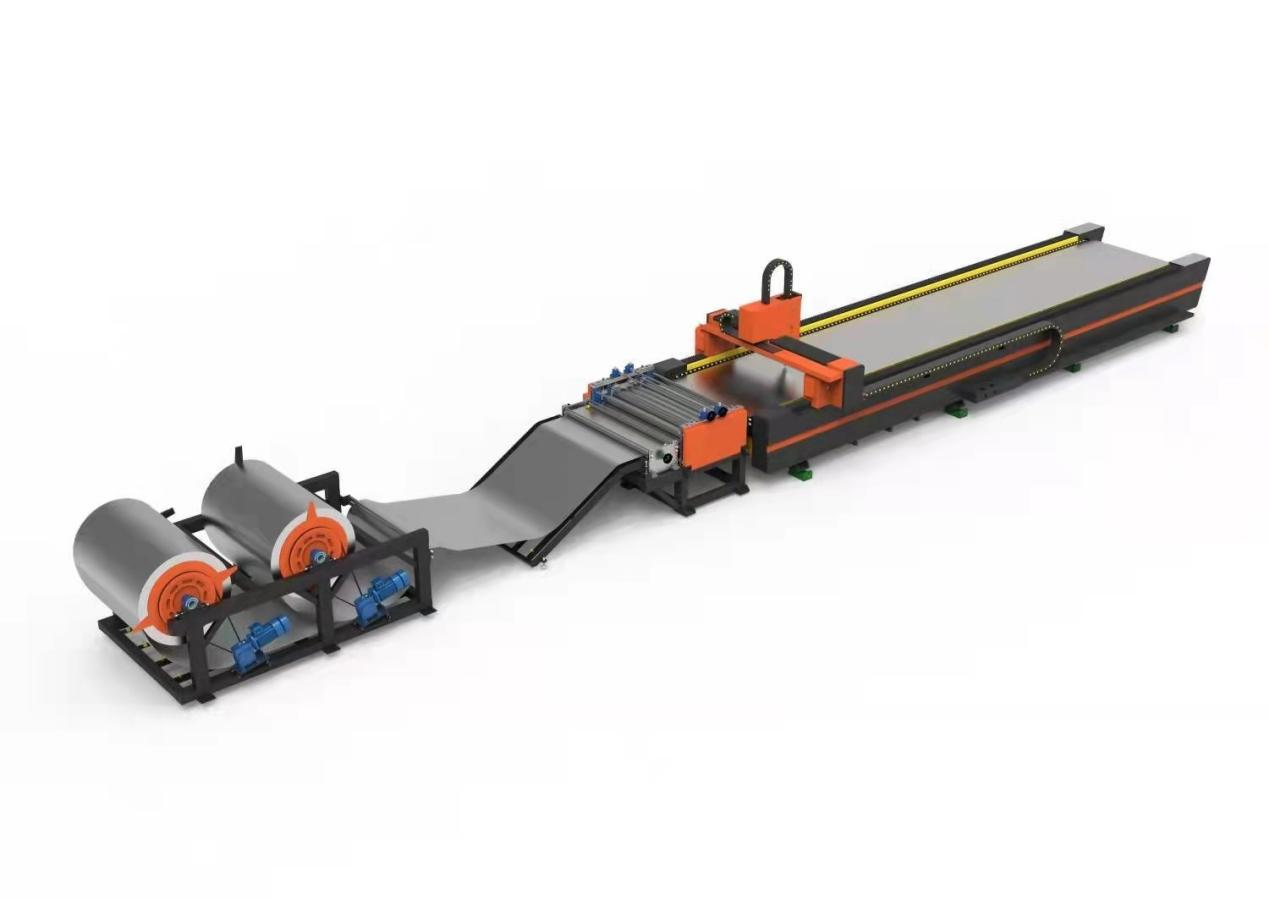
The integration of laser cutting technology into uncoiling and blanking production equipment represents a significant advancement in the industry. This innovative approach involves the use of an uncoiler to unroll the coil, a leveler to flatten the coil, a servo feeder for strip feeding, and a system for material collection, palletizing, and waste processing. Notably, a laser cutting platform is fixed between the servo feeder and the palletizing system, with a movable belt housing the laser cutting device for cutting materials.

The introduction of laser cutting technology into the metal blanking process offers a host of benefits to manufacturers. By eliminating the need for a large number of blanking molds, this approach significantly reduces equipment investment and operational costs, while also enhancing flexibility and minimizing investment waste. Moreover, the ability to accurately cut complex-shaped blanks without the use of molds represents a substantial leap forward in terms of efficiency and quality in the production process.
The adoption of laser cutting technology in the metal blanking process marks a transformative shift in the industry, offering manufacturers a cost-effective, efficient, and high-quality alternative to traditional production methods. As this innovative approach continues to gain traction, it is poised to revolutionize the production of hardware materials, automobile parts, and other workpieces, setting a new standard for excellence in the manufacturing sector.





